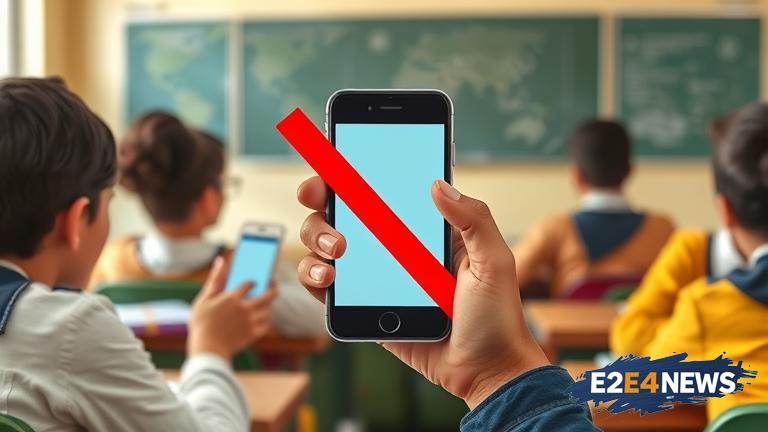A growing number of schools across the globe are implementing smartphone bans in an effort to create a more conducive learning environment. This trend is largely driven by concerns over the impact of excessive smartphone use on students’ mental health, social skills, and academic performance. By restricting access to smartphones during school hours, educators aim to reduce distractions, promote face-to-face interactions, and encourage students to engage more deeply with their studies. Proponents of the ban argue that it helps to minimize the risk of cyberbullying, decreases the likelihood of students being exposed to inappropriate content, and fosters a sense of community among students. Moreover, the ban is seen as a way to help students develop essential life skills, such as self-discipline, self-motivation, and the ability to focus without the constant distraction of social media and text notifications. Some schools have reported a significant improvement in student behavior and academic results since introducing the ban. However, others have raised concerns about the potential negative impact on students who rely on their smartphones for legitimate purposes, such as accessing educational resources or staying in touch with parents. To address these concerns, many schools are exploring alternative solutions, such as providing students with basic phones or implementing phone-free zones. The movement to ban smartphones in schools is not limited to any one country or region, with schools in the United States, Europe, Australia, and Asia all adopting similar policies. In France, for example, a nationwide ban on smartphones in schools was introduced in 2018, while in the UK, some schools have implemented phone-free policies as part of a broader effort to promote better mental health and wellbeing among students. Despite some initial resistance from students and parents, many schools have reported a positive response to the ban, with students adapting quickly to the new rules and finding alternative ways to stay connected with friends and family. As the debate over the role of smartphones in schools continues, it is clear that the issue is complex and multifaceted, requiring a nuanced and thoughtful approach. Ultimately, the goal of the smartphone ban is to create a learning environment that is supportive, inclusive, and conducive to academic success, and it is up to educators, policymakers, and parents to work together to achieve this goal. The ban is also seen as a way to help students develop a healthier relationship with technology, one that is balanced and sustainable. Furthermore, the ban has sparked a wider conversation about the impact of technology on society, and the need for individuals to be more mindful of their smartphone use. In conclusion, the movement to ban smartphones in schools is a global phenomenon that reflects a growing concern about the impact of technology on young people’s lives. By implementing smartphone bans, schools can help to promote a more positive and supportive learning environment, one that is focused on academic achievement, socialization, and personal growth.
